10. Kill List (2011) – $500,000 estimated
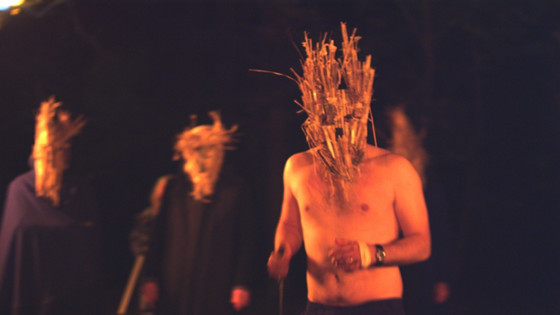
This harrowing and Kubrick-inspired psychological horror is exquisitely well-directed and shot as though it were some lucid nightmare. The use of one particularly violent scene involving a hammer keeps the audience on the edge of their seats and wondering if the film will repeat such explicit levels of violence, or tease them for the remainder of the viewing.
The supremely maintained mystery parallels the astounding tension that rises steadily throughout the entire feature. The film is disturbing and will stay with the viewer for long after the final credits.
9. Rocky (1976) – $960,000 estimated
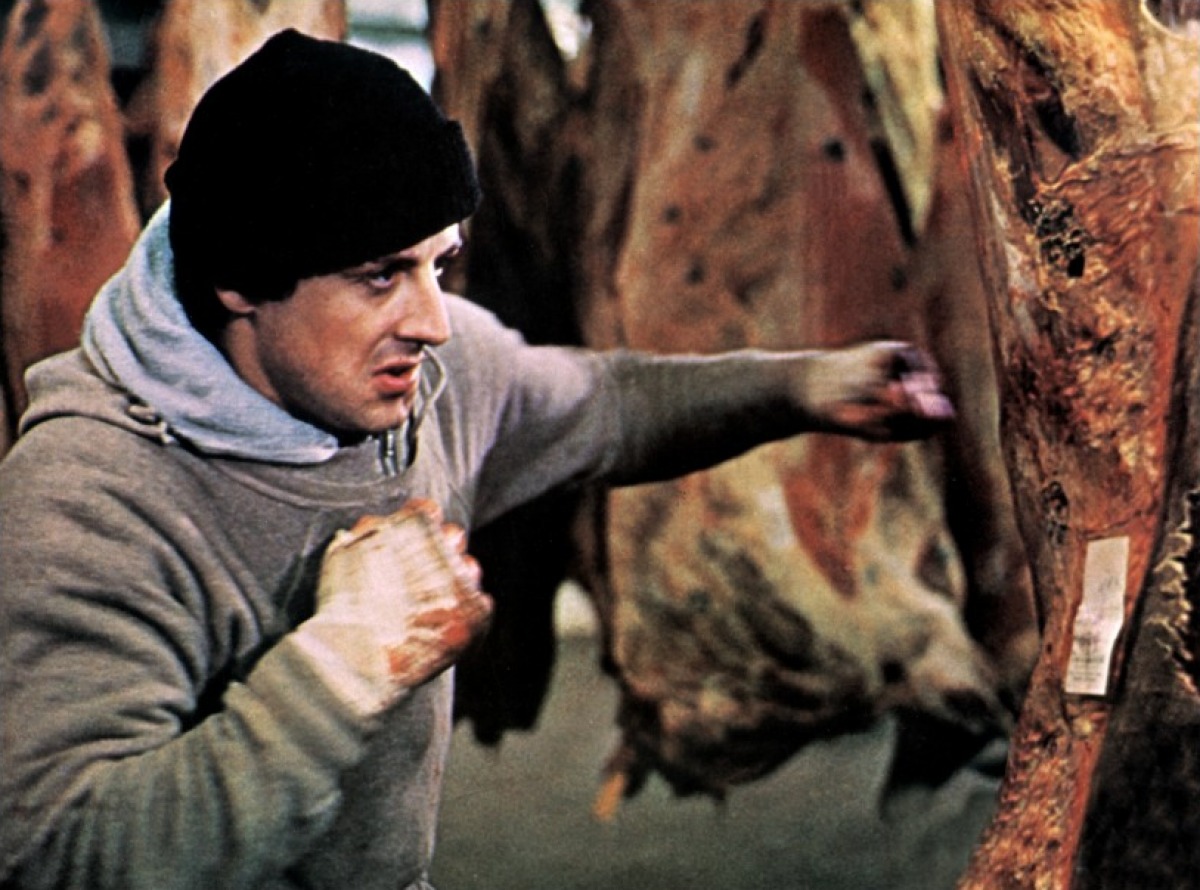
Rocky Balboa is one of the most iconic characters in film history. Stallone wrote and starred in the sports classic that tells the ultimate rags to riches story, which went on to multiply its budget over two hundred times worldwide.
The understated performance from Sly set against the backdrop of Philadelphia’s hardened underbelly proved to be a winning formula and the film spawned a lucrative franchise. Films really don’t get more iconic than this- if you ever visited Philadelphia and didn’t run up the steps of the Museum of Art, your trip would be incomplete in the eyes of many, if not most people.
Classics are often underappreciated by modern day film fans and they become like cinematic wallpaper more than actual media(or t-shirt designs and nothing more), but Rocky is a project that is totally deserving of its reputation as one of the best dramas of all time, and can be enjoyed by anyone, whether you’re a bona-fide film fan or the average movie-goer.
8. Primer (2004) – $7,000 estimated
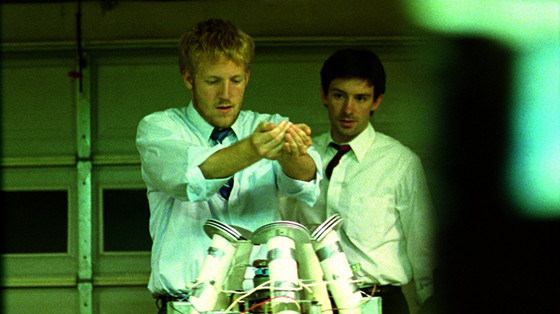
This complex tale of accidental time travel was entirely the vision of Shane Carruth, who directed, wrote, edited, produced, scored and starred in the film.
It is a masterpiece for the price of a second-hand BMW. The experimental plot structure, philosophical edge and complex technical dialogue (that was purposely spared a layman’s explanation) allowed Primer to stand out during festival season. With no Marty McFly to ask the obvious questions, the audience is left scratching their heads trying to follow the narrator.
After multiple viewings, the rewards begin to surface, and because of this, Primer became a cult hit; fans even created a complex diagram for the tangled events in the film. This magnificent achievement was definitely low budget, definitely not low quality.
7. Eraserhead (1977) – $20,000 estimated
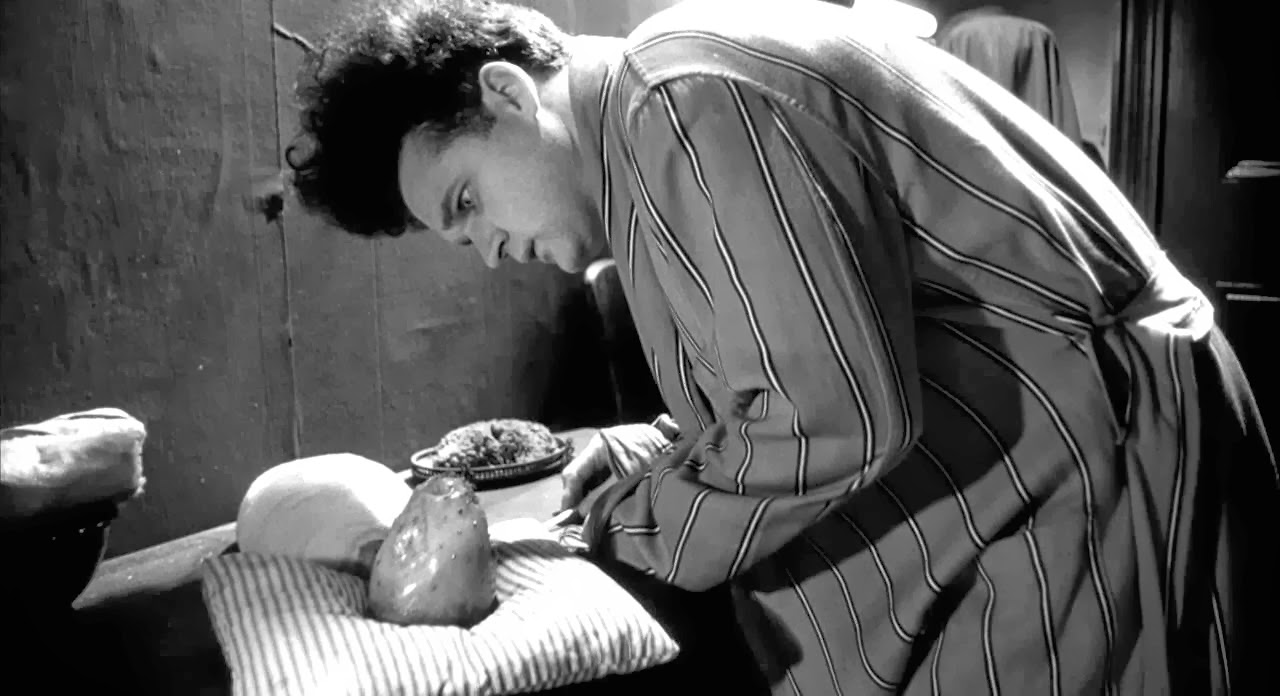
David Lynch’s depraved Kafka-inspired tale gives a dark and surreal take on the surprise pregnancy. The film initially went unrecognised and screened to a very limited audience, however, after an extended run on the late night circuit at theatres, fans of Lynch’s dark world started to surface.
The film was difficult to get done and it was held in principal photography for several years. Fortunately, Eraserhead eventually found its way, and its audience, and the grimly atmospheric film gradually found the praise it deserves.
6. Night of the Living Dead (1968) – $114,000 estimated
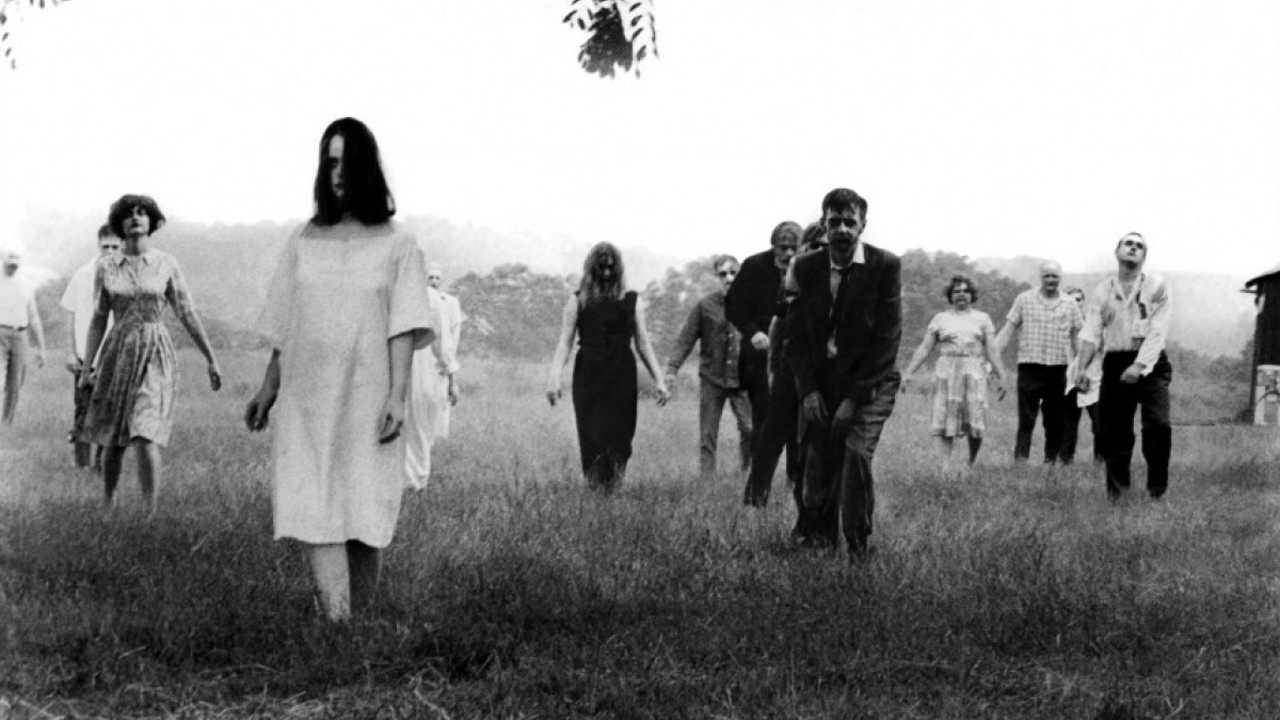
“They’re coming to get you, Barbara!” This indie horror gave us the Zombie as we recognise it today. The Walking Dead has nothing on these rubbery incarnations of flesh-eating terror. Well, maybe not, but audiences were floored by Romero’s gory flick, that was presented at matinee showings (typical of horror films at the time).
Pre-teens and adolescents were reportedly stunned into silence about halfway through showings and began to howl in terror as it reached its climax.
This film changed the landscape of horror cinema forever- its relentlessly oppressive tone made it stand out in its grainy contribution to the archives of 60’s social commentary. It was controversial, bloody, and teenagers couldn’t stay away from the theatres – a true horror staple.
5. Halloween (1978) – $300,000 estimated
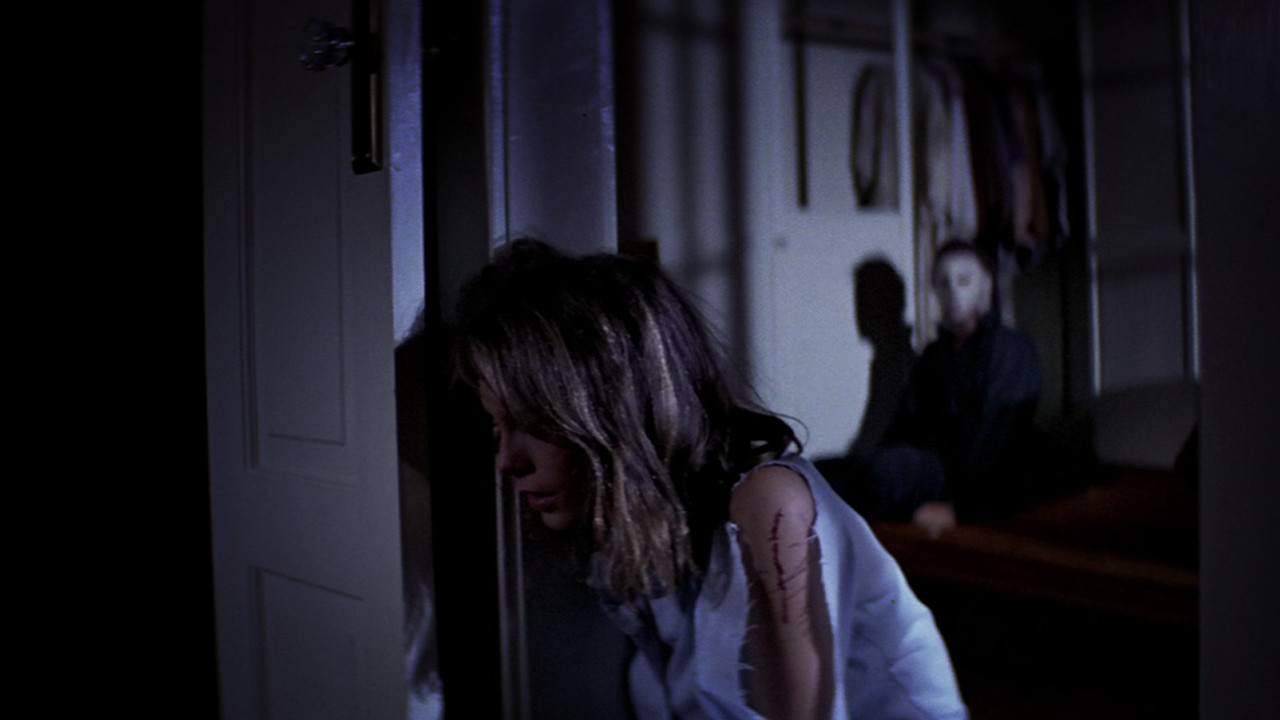
This slasher staple is a true master-class in filmmaking. Horror is often disregarded by high-brow viewers on account of the gore, the formulaic screenplays and the weak acting- none of which are present here. Carpenter’s use of foreground in his compositions builds each scene as though it were a well-executed, award-seeking thriller.
This is one of the most finely crafted horror films in history thanks to his direction, Jamie Lee Curtis’ brilliant performance, and genuine tension-based tone- as opposed to the obscene violence and tacky jump scares in many of the sequels. The film is even more impressive when considering the major budgetary constraints placed on production.
4. Clerks (1994) – $27,575 – $230,000 (post) estimated
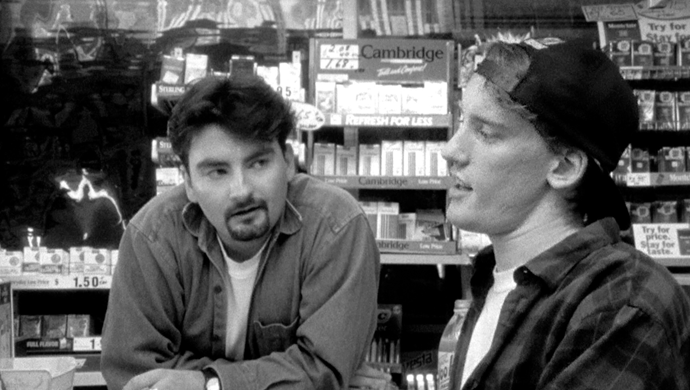
Clerks might as well have been a running social commentary for the 90’s, following disenfranchised young men and women clad in their finest flannel shirts, shooting the breeze and listening to Alice in Chains. The film’s racy dialogue and depictions of stalled twenty-somethings struck a chord with audiences and the film grossed over 3 million dollars after being picked up by Miramax.
Kevin Smith shows, with an incredibly limited budget (rumour has it Smith maxed out 6 credit cards to fund the film), a sublime understanding of deadpan comedy and he became a seminal voice for the smart-poor-and-pissed-off generation that undoubtedly fuelled the culture of the 90’s.
3. Mad Max (1979) – $200,000 estimated
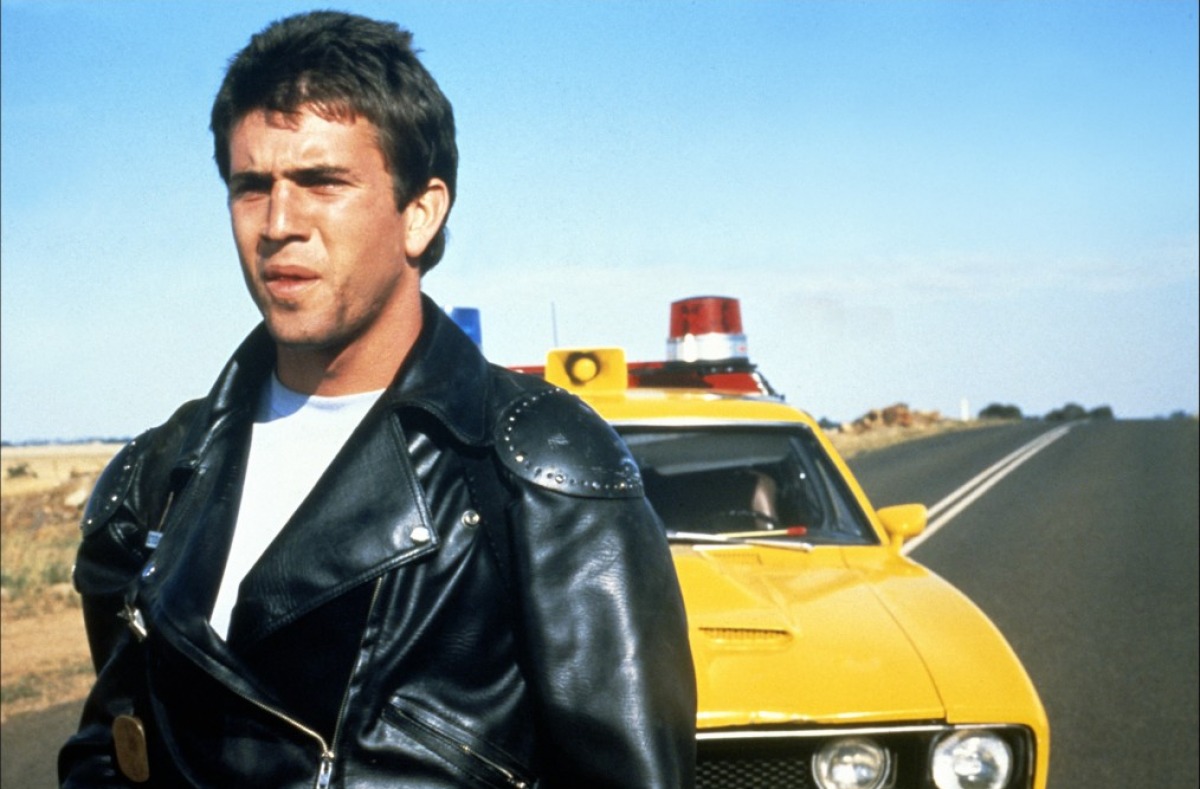
George Miller’s dystopian hit shattered expectations and launched Mel Gibson into stardom. Shooting an action/sci-fi film with a low budget has the potential to render the final cut laughable, however, audiences were shocked by the depravity conveyed in Miller’s resource-struggling future, and were gripped by the impressive stunt work- much of which was performed without walkie-talkie communication.
After multiple viewings, Miller’s directorial talent is undeniable, with an ability to bring a total vision of dismay and destruction to life. It also has one of the best closing lines in cinematic history…
2. The Wicker Man (1973) – $500,000 estimated
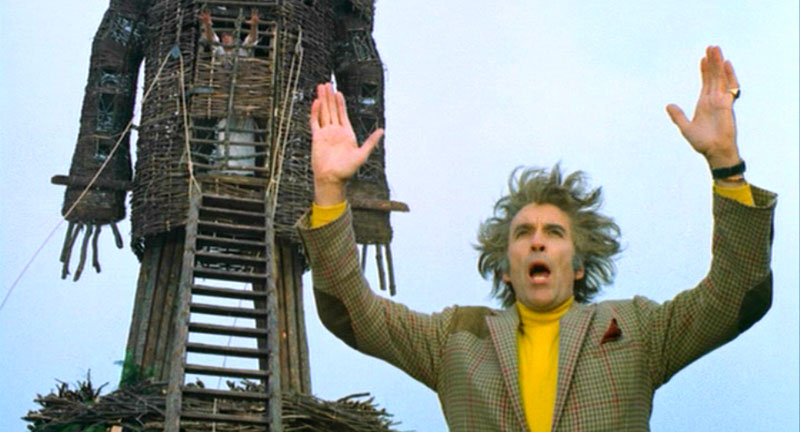
Horror’s crowning moment in the eyes of many, The Wicker Man disturbed viewers with a deeply malevolent atmosphere, tension-brimming mystery, and its portrayal of one of mankind’s darkest fascinations: cults. Arising from a time of financial crisis for British cinema, the near bankrupt British Lion Films had been bought by a wealthy businessman called John Bentley and, to prove that he wasn’t going to asset-strip the business, he got a film into production as soon as he could.
The Wicker Man was set in spring but commenced filming in October (crew glued leaves to branches for some scenes). The late film legend Christopher Lee claims this to be his finest film (he has starred in over 220). Despite being a victim of the remake-cinema-craze of the last decade, The Wicker Man original still terrifies after multiple watches and is truly where the mystery-horror genre found its voice.
1. Easy Rider (1969) – $400,000 estimated
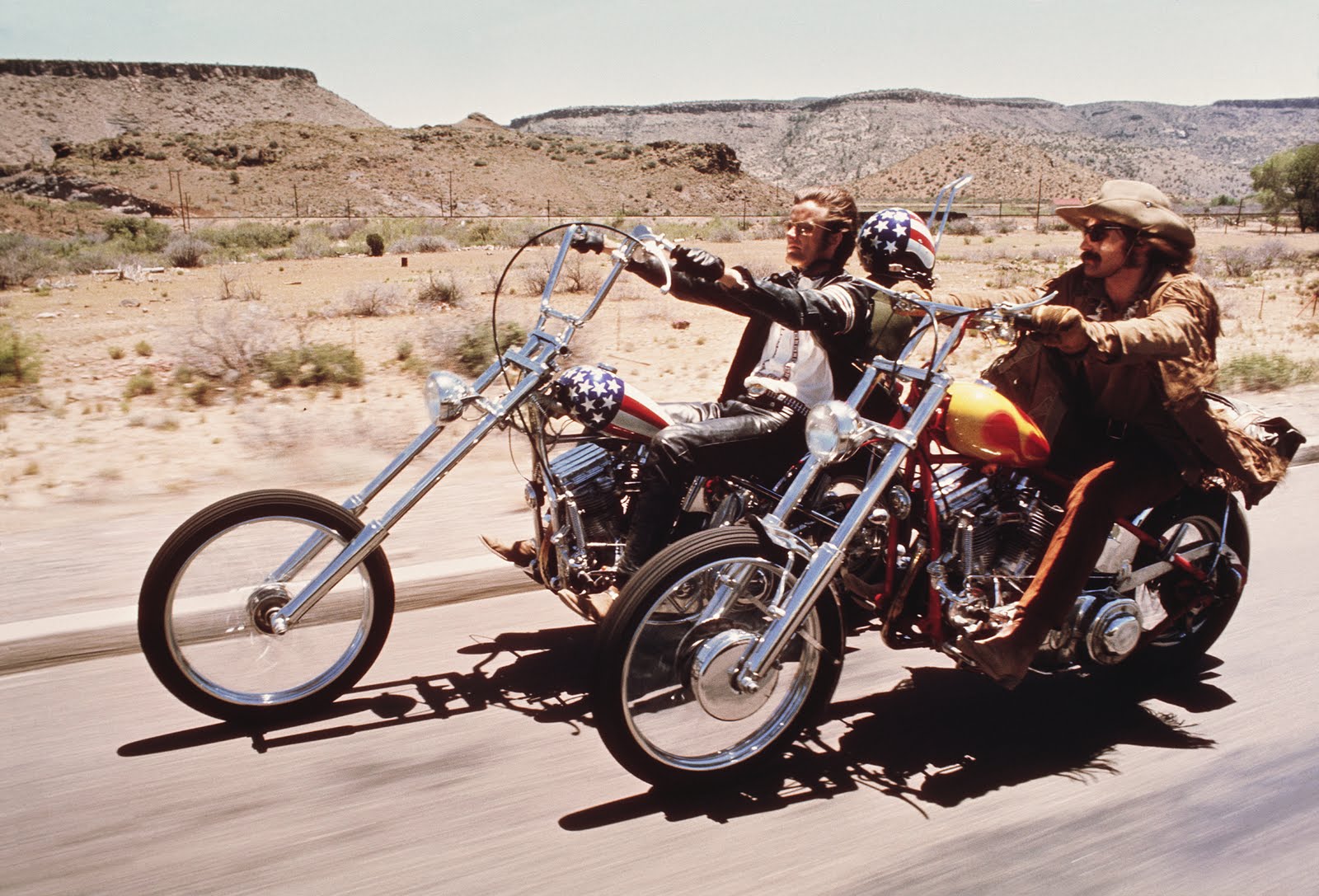
Dennis Hopper’s era-defining hippie road movie arrived at the perfect time, rounding off a decade of political uncertainty, recreational drug use and the deconstruction of what it means to be an American. Easy Rider benefits from some phenomenal acting talent, with Hopper, Jack Nicholson and the iconic Peter Fonda.
The soundtrack was fantastic and licensing the music for the film tripled the actual budget of shooting the picture. Hopper’s tale of discovery seems even more relevant now, with the film attempting to portray the true definition of freedom in the face of stonewall Americana.
Author Bio: Rob is a 24 year old Musician from Hampshire, who is currently pursuing fiction writing. Rob has aspirations of becoming an author and screenwriter.